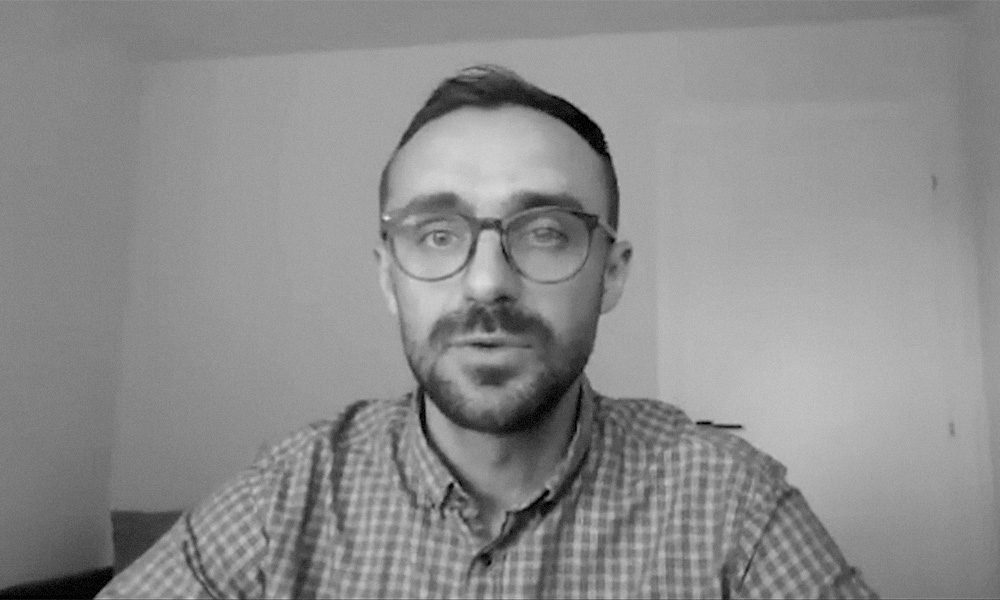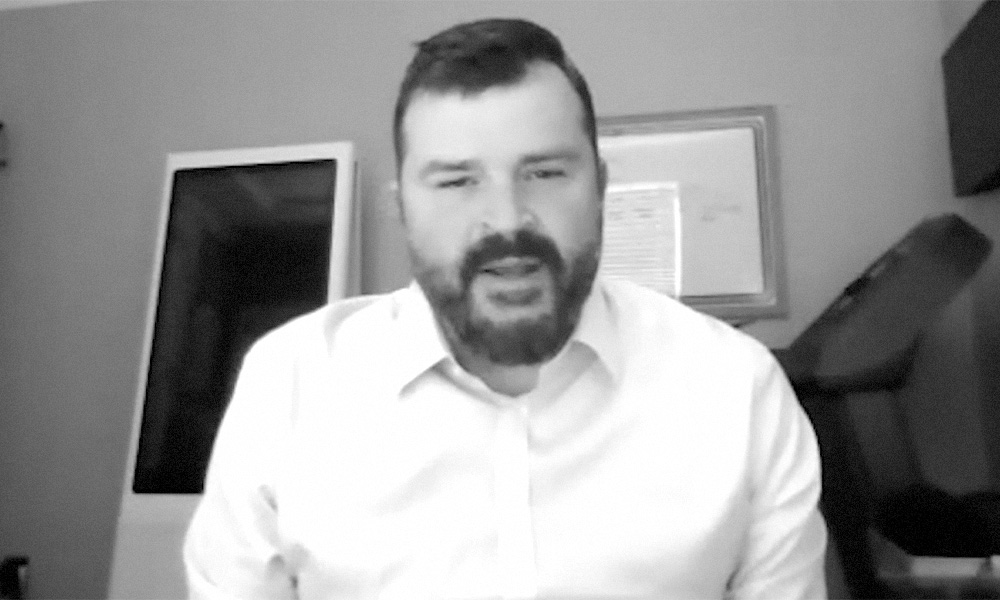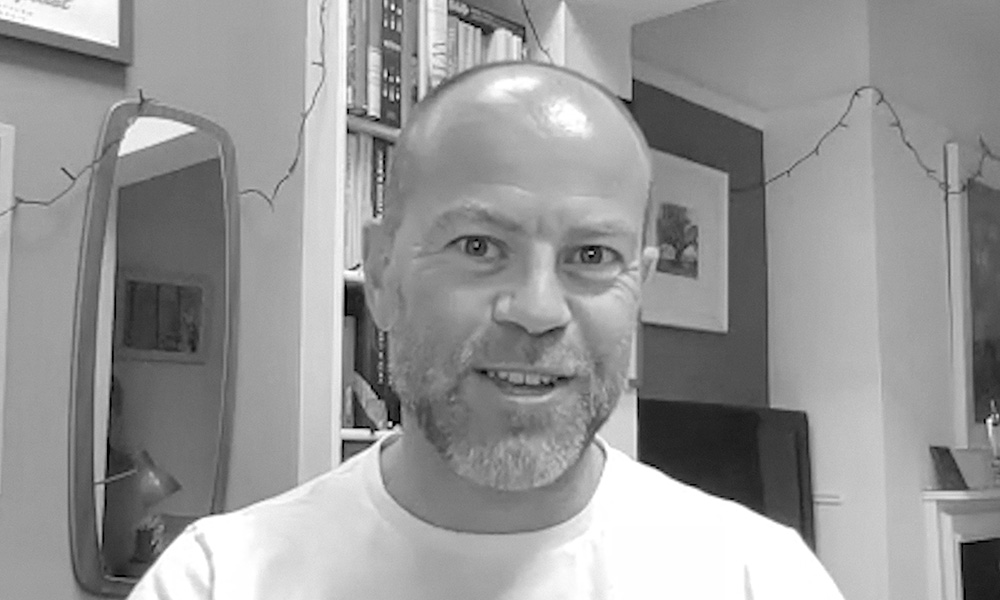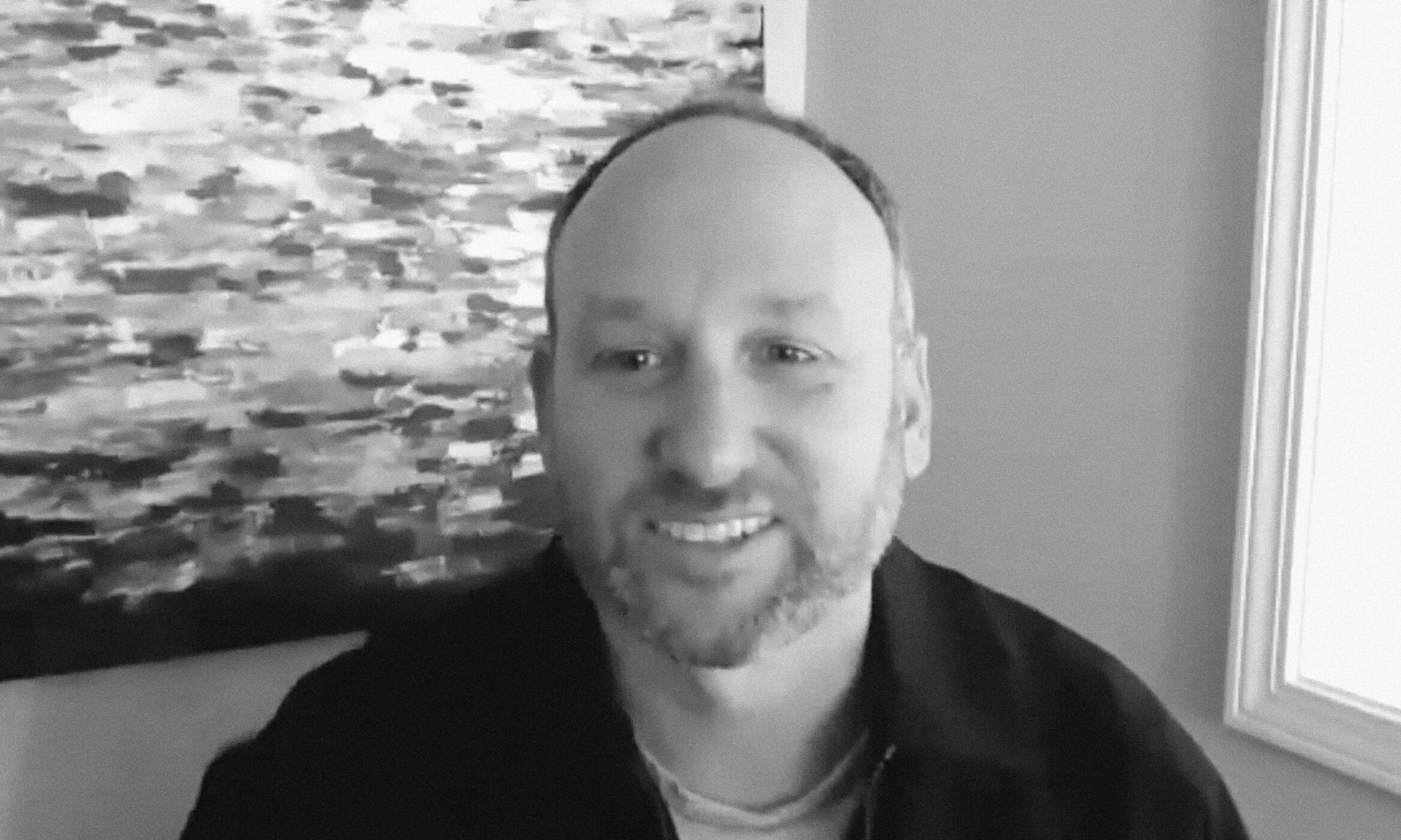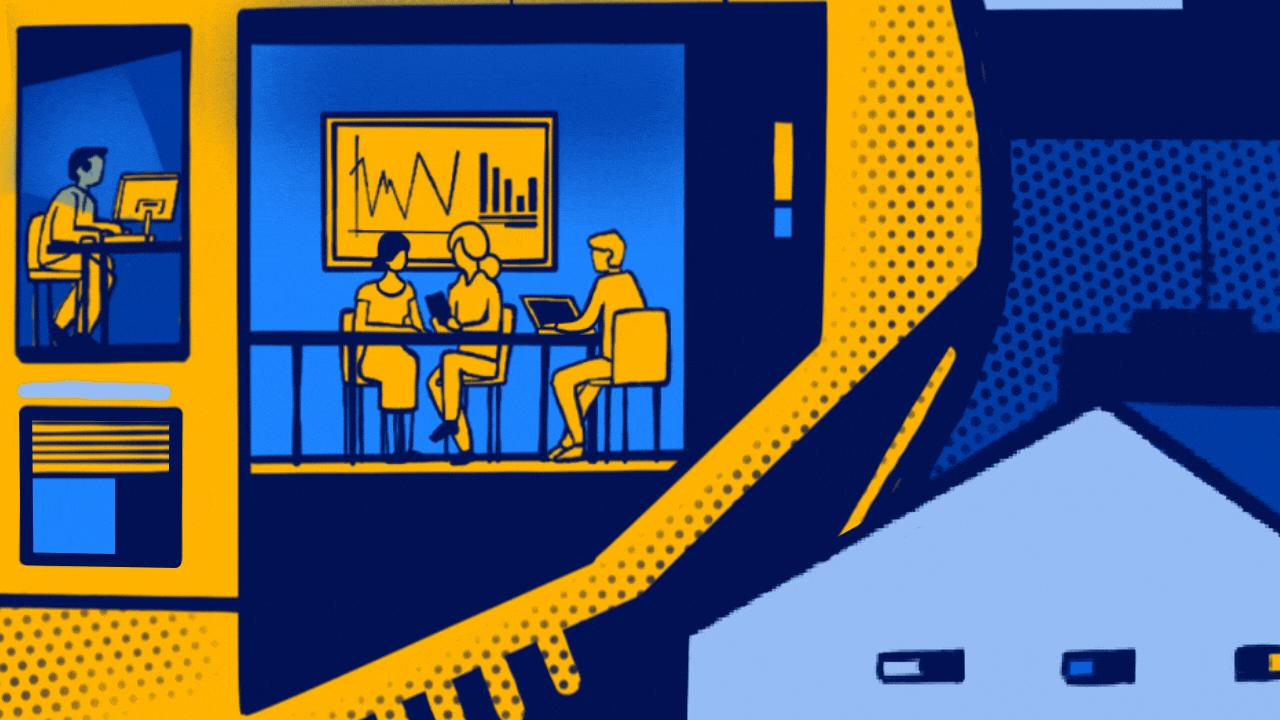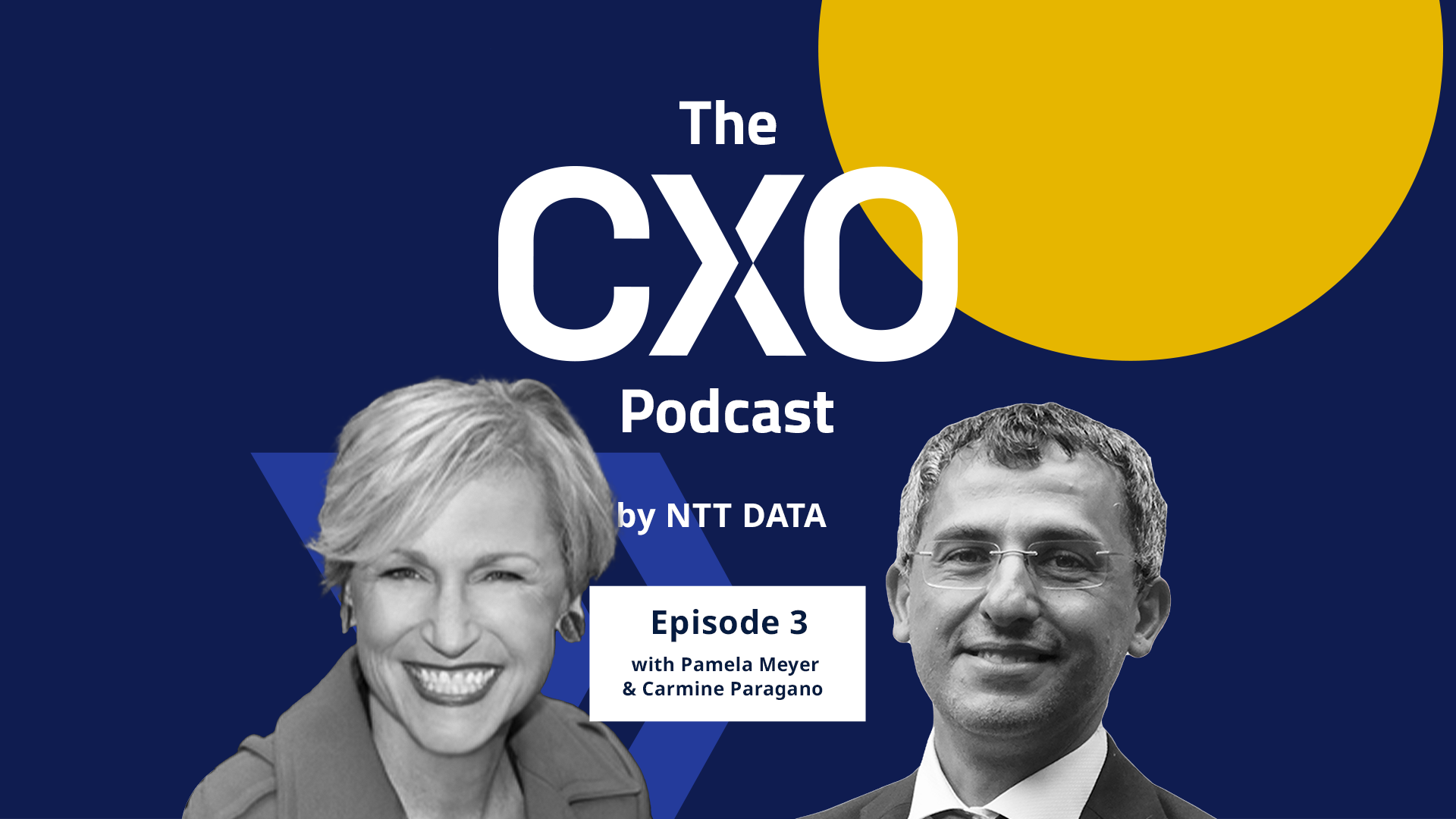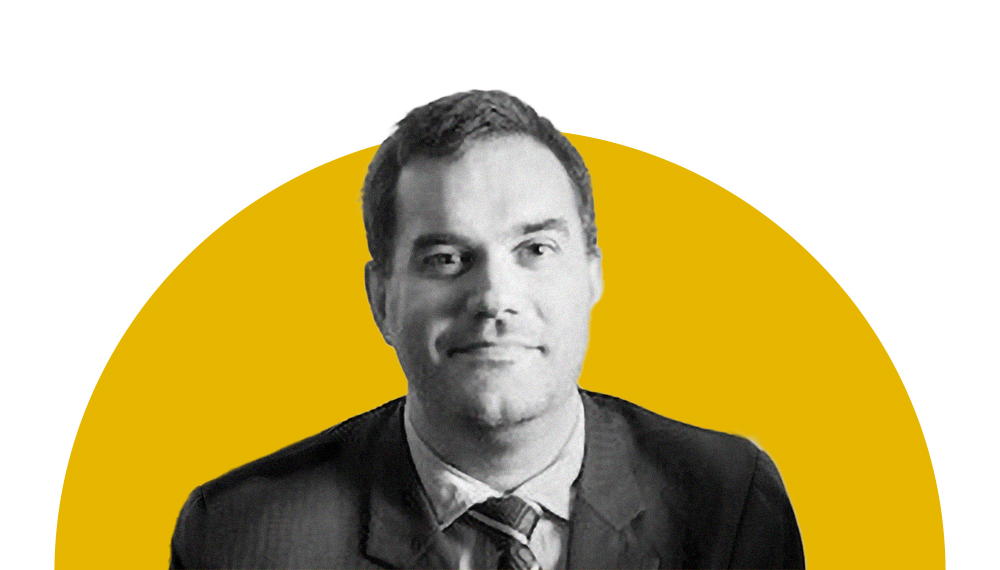
The world’s working axis tilted in 2020. Companies were forced to turn to digital technology to ensure ongoing operations and employee connections in a fractured landscape. Some were ready, their digital transformation strategies were in place and they could pivot towards the remote employee with relative ease. Others were still finding their feet and were forced out of legacy working frameworks and into new ways of working. Today, companies are reassessing their existing workplace processes and procedures – they want to know what worked, what didn’t, and what the future holds.
A recent survey by Gallup found that only 15% of people are engaged at work, while 51% are looking for a new job. According to Society for Human Resources (SHRM) that kind of staff turnover is costing companies productivity loss of anywhere from $1,500 to $10,000 per employee, depending on their role. And this estimate doesn’t even consider other significant losses like organizational knowledge, retraining new employees, lost revenue, and reduced customer satisfaction. Not listening to employees can be an expensive mistake.
This sentiment is echoed in a 2018 Stanford study that found if older Americans were given more flexibility they could work for longer. Imagine the wealth of knowledge that could remain within the business if working frameworks evolved?
Across every individual and touchpoint, work and life are now intertwined. Instead of ‘customers’ and ‘employees’ there are people who each have lives that need balance and boundaries that respect them.
Changing perceptions, changing lives
Across every individual and touchpoint, work and life are now intertwined. Instead of ‘customers’ and ‘employees’ there are people who each have lives that need balance and boundaries that respect them. In 2021 there were more resignations than since tracking began in 2000. Nearly 39 million people quit. People had changed. They were now working from home, working longer hours than before and struggling with emotional and physical burnout.
The American Psychological Association 2021 Work and Wellbeing Survey found that burnout is at an all-time high with 79% of employees citing work-related stress. From a health and mental wellbeing perspective, people need support in how and where they work, and how they manage their time and energy.
An article in Harvard Business Review found that people need to manage their energy, not their time. It is the former that will ensure they can get things done and meet deadlines, and remain in control of the risk factors that can cause burnout. This is echoed in a recent Forbes piece that didn’t just highlight how important it is to control burnout, but to recognize its physical and mental impact. This makes it important for both employees and their companies to take steps that highlight the risks of burnout and help to prevent it.
In addition to this, people have become accustomed to working from home and having the space and time to connect with their families. Crying kids, laughter, shouting, dogs barking – these are sounds that have become common to online meetings.
Companies need to be more inclusive if they want to create transformative and engaged working environments that hold onto loyalty and engender trust and growth.
People have made significant switches to their personal lives and roles, and to how they approach their work. Companies need to be more inclusive of these changes going forward if they want to create transformative and engaged working environments that hold onto loyalty and engender trust and growth. They need to find ways of offering people the tools they need to thrive, be it in the office, at home, or a mix of both. People crave authenticity and connections and there is no reason why they cannot have these in the modern workforce.
Building the human-technology bridge
Technology has evolved significantly over the past three years. It’s adapted to help companies and people bridge the gaps and create interdependencies that deliver value to remote and hybrid workers and frameworks. It now has so much more to offer in terms of supporting people in achieving their daily commitments, in creating connections that help them to collaborate with other people and in building functional teams that aren’t divided by digital, but rather enhanced by it.
Companies need to find ways of answering three key questions:
- What steps can be taken to help people become more engaged?
- What can be done to change burnout?
- What dynamics need to evolve to create a better working environment?
The answer lies in boundaries, visual connections, and emotive engagement. When a company has a lot of virtual meetings, it’s a good idea to encourage people to turn on their cameras so they look at one another and engage with the meeting. It’s easy to turn off the camera and read your phone, or answer emails, or lose interest in the meeting itself.
Like all things, of course, this needs to be done in balance. There are cases for the connections created with camera-led calls, leading to better employee engagement and recognition in the organization, and there are cases for reducing the amount of time spent on camera to manage fatigue. Both are relevant and emphasize the importance of balance and boundaries in the modern workplace.
There has even been a shift towards walking meetings that encourage people to take their meetings on a walk around the park or neighborhood as this stimulates thinking and encourages engagement.
Organizations need to create environments that allow for flexibility and that recognize individuality within clear boundaries.
The transformative workplace
Amidst the conversations around burnout, stress, remote working, hybrid offices and growing digital dependence lies one core truth: organizations need to create environments that allow for flexibility and that recognize individuality within clear boundaries.
This doesn’t have to be intensely complex or expensive, it needs only to be agile enough to recognize that different people have different needs and expectations, and that by not enforcing rigid rules and requirements into every interaction, companies can transform how employees engage with the business. It’s through flexibility that an organization’s culture can really thrive.
At the same time employees need to understand that with the responsibility of working remotely, there will be mechanisms put in place that track productivity of the remote workforce. We are already seeing this trend evolve today.
Embracing a flexible and agile culture that recognizes the value of people, companies can avoid the expense of losing an experienced knowledge worker or the risk of a toxic environment. It is about prioritizing productivity through wellbeing and the business in ways that allow for people to thrive. This is the golden route to connecting to employees as people and acknowledging that they are invaluable to long-term sustainable success.



